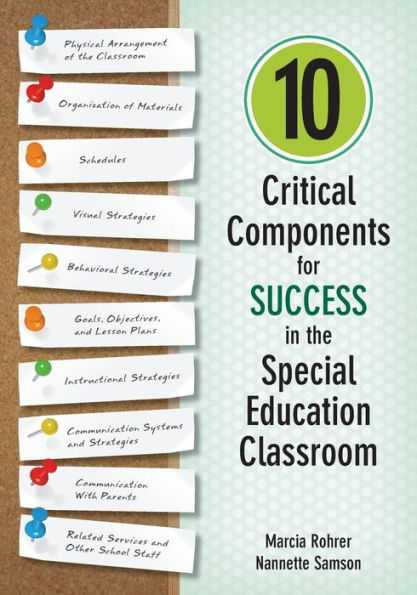5
1
9781483339160



10 Critical Components for Success in the Special Education Classroom / Edition 1 available in Paperback, eBook

10 Critical Components for Success in the Special Education Classroom / Edition 1
- ISBN-10:
- 1483339165
- ISBN-13:
- 9781483339160
- Pub. Date:
- 03/17/2014
- Publisher:
- SAGE Publications
- ISBN-10:
- 1483339165
- ISBN-13:
- 9781483339160
- Pub. Date:
- 03/17/2014
- Publisher:
- SAGE Publications

10 Critical Components for Success in the Special Education Classroom / Edition 1
$39.95
39.95
In Stock

Product Details
| ISBN-13: | 9781483339160 |
|---|---|
| Publisher: | SAGE Publications |
| Publication date: | 03/17/2014 |
| Edition description: | New Edition |
| Pages: | 232 |
| Sales rank: | 134,017 |
| Product dimensions: | 7.00(w) x 9.80(h) x 0.80(d) |
About the Author
From the B&N Reads Blog

